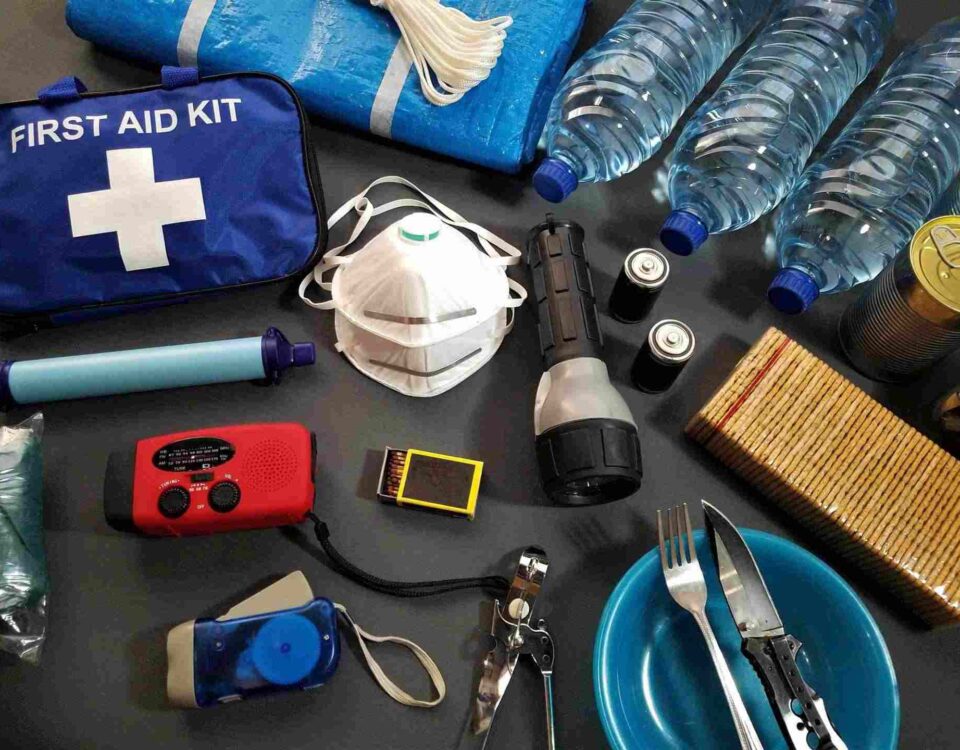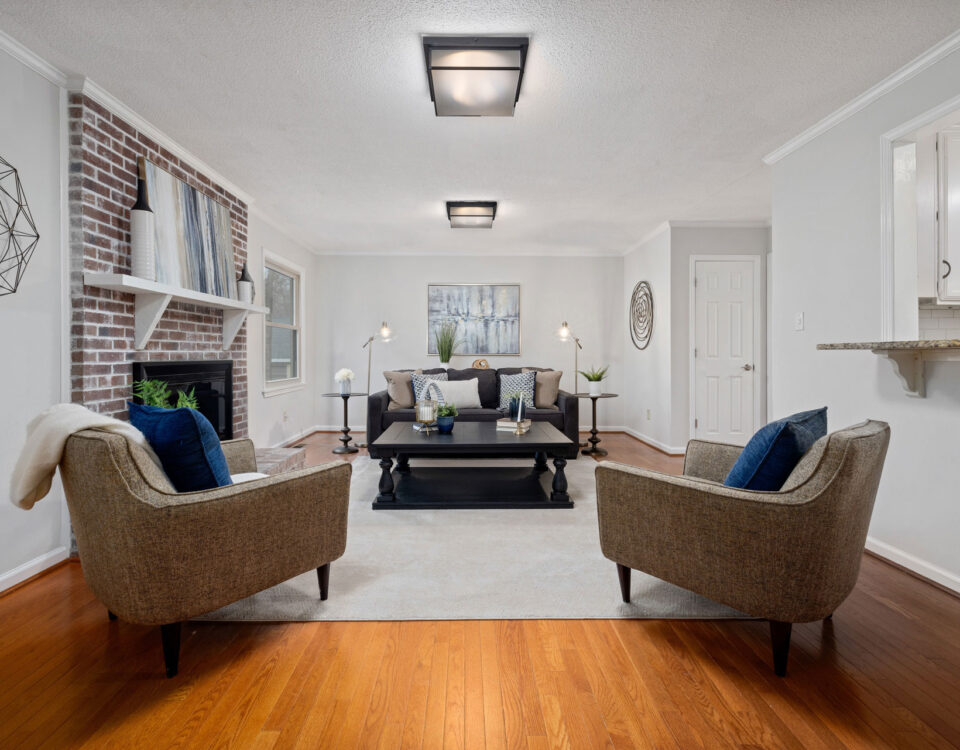Proper Cleaning Minimizes Coronavirus Risks

Considerations When Building Your Vacation and Rental Property Portfolio
November 10, 2021
Do You Need a Break? Home Management Can be Overwhelming.
January 14, 2022
With the pandemic still working its way through our nation and concerns about holiday gatherings in colder weather, we continue to take extra steps to ensure the safety of residents and businesses. While the situation is constantly evolving, here's refresher on commercial best practices.
Commercial property coronavirus maintenance
For commercial spaces, with many people going in and out each day, coronavirus prevention measures are necessary to prevent outbreaks. Most prevention methods involve regular cleaning and disinfecting measures, but there are other ways to keep employees and businesses safe and happy.
Regular deep-cleaning for commercial properties
Deep cleaning is a term used to denote extensive and thorough cleaning of high-traffic areas. These can be spaces like lobbies, elevators, and entrances/exits.
What goes into a deep clean?
There are 4 main steps that a professional cleaning company can undertake to prevent exposure to the coronavirus.
1. Expert cleaning
The first step in the deep cleaning process is to clean all surfaces in the office or lobby with water and cleaning chemicals. Expert cleaning services are trained to catch and clean every nook and cranny, no matter how small. Doing so removes dirt and debris from the surface to ready it for further sanitization and disinfection.
2. Disinfecting and sanitizing sprays
Application of pressurized disinfection and sanitization sprays will further clean all surfaces regardless of the texture or location. They leave no area untouched and ensure that every crack and crevice is free from coronavirus.
3. Focused application for higher contact areas
Extra attention and care should be given to the very high contact areas like door handles, handrails, elevator buttons, and hallways. Direct application of sanitizing and disinfecting sprays should be used to ensure these high contact areas are completely clean as they are the most likely to contain virus particles.
4. Fogging
Fogging is the last step in the commercial coronavirus cleaning deep clean and is used to further ensure you’ve disinfected and sanitized all areas of your business property. Disinfectants and sanitizers are sprayed out in a fine mist coating the area. This process is particularly effective at deep cleaning HVAC systems that cannot be reached with normal cleaning methods.
UV lighting installation for commercial properties
In addition to the cleaning methods listed above, a popular solution to ensure HVAC systems remain virus-free is the installation of UV lights within the system itself. UV light is an effective way to keep the coronavirus from circulating through your HVAC systems where it can move around unchecked. While UV light is dangerous to human eyes, installing UV lighting systems in the vents themselves allows them to run out of sight without danger to your employees. They will run 24/7 and work overtime to keep circulating air free of coronavirus and other germs.
The Center for Disease Control Continues to Provide Guidance as to When to Clean and Disinfect
If you have not visited the cdc.gov, we highly recommend it. The following is their guidance for workplaces as of Nov 17th, 2021.
Cleaning with products containing soap or detergent reduces germs on surfaces by removing contaminants and decreases risk of infection from surfaces.
If no one with confirmed or suspected COVID-19 has been in a space cleaning once a day is usually enough to remove virus that may be on surfaces. This also helps maintain a healthy facility.
Disinfecting using U.S. Environmental Protection Agency (EPA)’s List N disinfectants kills any remaining germs on surfaces, which further reduces any risk of spreading infection.
You may want to either clean more frequently or choose to disinfect in addition to cleaning in shared spaces if the space:
- Is a high traffic area, with a large number of people.
- Is poorly ventilated.
- Does not provide access to handwashing or hand sanitizer.
- Is occupied by people at increased risk for severe illness from COVID-19.
If a sick person or someone who tested positive for COVID-19 has been in your facility within the last 24 hours, you should clean AND disinfect the space.

Multi-family property coronavirus maintenance
With more people working from home, coronavirus prevention methods and rules for multi-family buildings and condos are more important than ever. We take steps to ensure your residents remain safe from the coronavirus in common areas.
Social distancing rules for common areas and amenities
Have a plan for proper social distancing and lay your rules out for your residents. This can be accomplished by sending out a newsletter with the rules or posting your rules in common areas to ensure they are easily available for all to read. Your rules should address capacity requirements for common spaces like elevators, lobbies, playgrounds, pools, and gyms. Refer to your state’s current coronavirus restrictions and policies for guidance. For gyms in particular, you may find residents are not self-regulating their activities, and intervention may be needed.
Building ventilation considerations
Some residential buildings share ventilation systems where coronavirus can travel unimpeded. In New York and Connecticut, the recommendations are to increase the amount of outdoor airflow into your system to the extent that it is possible. Provide your residents with information about the steps that you are taking to prevent transmission.
UV lighting can be installed to further prevent the risk of transmission. While it is not necessary, some property managers are finding their residents are more vocal about these concerns, and steps should be taken to alleviate them accordingly.
Have a plan to respond to COVID-19 outbreaks
This can be tricky as there are no legal requirements for a resident to notify the community if they contract the coronavirus in New York or Connecticut. So while you cannot know if your residents have the virus, or legally share specific details with the rest of your building, you can take additional steps to prevent further transmission. Providing resources like gloves, masks, and sanitizers in common areas, and requiring their use is a good way to prevent transmission even if you have a resident who is positive.
For your own staff, you can set up protocols to prevent outbreaks. Methods like daily temperature checks, and requiring them to wear masks will help to prevent one of your employees from causing an outbreak. You can also advise residents to isolate and encourage those with symptoms to quarantine.
Put up signs and post your rules in highly visible locations
If your residential property will be requiring the use of masks, you should make sure the signage is clear and highly visible. You can include these signs in building entrances, stairways, and elevators to remind residents of the best practices when it comes to coronavirus prevention. Make the signs easy to read and understand for those with low literacy.
Promote cleaning and disinfection
In common areas, where you can control the cleaning and disinfection frequency, it’s highly encouraged to clean and disinfect high-touch areas. These can be doorknobs, handrails, and elevator buttons. While you cannot enforce rules in a resident’s home, keeping high-traffic common areas clean will go a long way to preventing unnecessary exposure.
Of course, AVMRE is here to help. Contact us.




